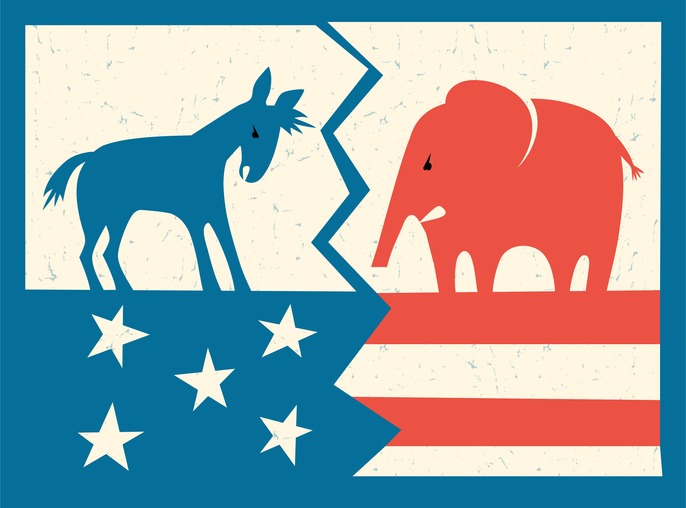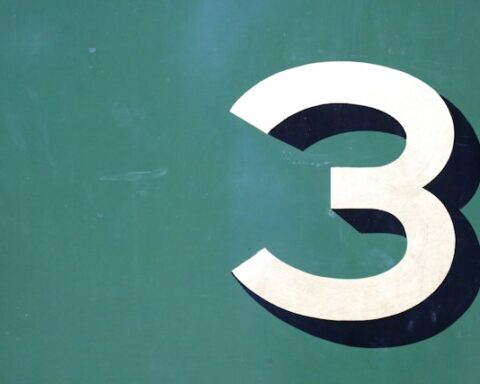“The political machine triumphs because it is a united minority acting against a divided majority.”
This quote from philosopher and historian Will Durant summarizes a reason for much cynicism toward our political culture.
However, for many, the other side or political party is always the object of that cynicism.
You’ll hear stories of how great one party is and how the opposing party is corrupt and greedy, and we must protect and fight against these opposing forces that will ruin and destroy our country.
That’s the political machines at work.
The united minority, usually the political parties, come together to deliver a message that hopefully will get votes from the divided majority so their brand can stay in power.
In my article Party Inc., I discussed how political parties are brands and the tactics used to expand those brands.
Here, we’ll discuss how the structure and inner workings of political parties turn them into political machines for control of the party, members, and votes and how this plays out in our politics.
Hopefully, it will become clear how mechanical the parties can become and how these narratives will try to influence public opinion.



